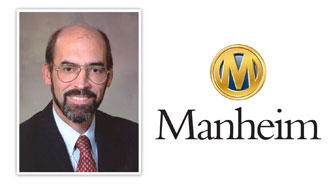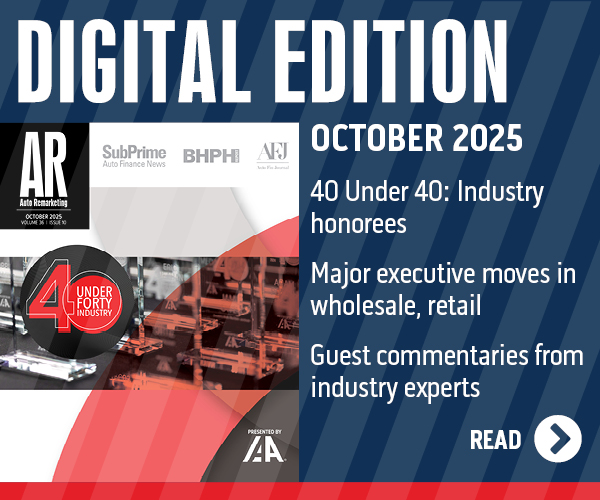Webb Revisits Previous Gas-Price Movement Prediction

By subscribing, you agree to receive communications from Auto Remarketing and our partners in accordance with our Privacy Policy. We may share your information with select partners and sponsors who may contact you about their products and services. You may unsubscribe at any time.
ATLANTA –
An attendee at this spring’s National Auto Auction Association/CAR event that also featured a meeting of the International Automotive Remarketers Alliance remembered predictions Manheim’s Tom Webb made about gas prices.
That same individual recently asked Webb whether he still stands by his estimation, and the Manheim economist responded in the May edition of the Manheim Consulting Auto Industry Brief.
First, here is the query Webb received:
“During the CAR Conference, which occurred just before gas prices peaked this year, you and the other panelists were asked what gas prices would be on Election Day. You, and the others bold enough to predict, anticipated a decline. Seems you were right,” the questioner said.
Webb then responded to the inquiry.
“My guess ($3.55) might even prove a bit high. The national average is currently $3.69, and in my area $3.40 is more the norm. The decline from more than $3.90 per gallon in early April has been a significant benefit to middle-income households,” he explained.
Subscribe to Auto Remarketing to stay informed and stay ahead.
By subscribing, you agree to receive communications from Auto Remarketing and our partners in accordance with our Privacy Policy. We may share your information with select partners and sponsors who may contact you about their products and services. You may unsubscribe at any time.
“That, coupled with the consumer shift to more fuel-efficient vehicles and less driving, has produced a triple benefit: less need, more efficient use and lower costs,” Webb added.
General Economic Commentary
As he often does, Webb uses the Manheim Consulting Auto Industry Brief to delve into various general economic trends. For May, he offered his assessment as to what the U.S. economic climate stands heading into summer
“The economy continued, at best, to mark time as summer approached,” Webb surmised. “Sure, there were several what-appeared-to-be positive economic numbers released, but they were often the product of bad circumstances. Ten-year Treasuries (and, thus, mortgage rates) reached record lows, but that was a flight to ‘quality’ as European sovereign debt issues once again forced investors to grab the ‘least dirty shirt in the closet.’”
After taking a Wall Street perspective, Webb touched on what is happening on Main Street.
“Similarly, consumer credit in March grew at its fastest dollar and percentage rate since November of last year,” Webb noted. “That, however, could be the result of tight household budgets, rather than greater consumer confidence leading to the taking on of more debt. After all, real weekly earnings have been declining since October of 2010.
“Nevertheless, economic growth — no matter how small — beats the alternative of no growth or a new retreat,” Webb emphasized. “And, our current growth may be enough to tide us over until some of the near-term headwinds recede.”
And how does the auto sector fit into the current economic landscape?
“As has been the case for more than a year, the economy continues to be supported by a growing auto industry,” Webb declared.
“New vehicles sold at a seasonally adjusted annual rate of 14.4 million in April, which kept the year-to-date pace at 14.5 million,” he said. “Used-vehicle retail sales volumes rose 3 percent in April against a strong year-ago comparison, which produced a year-to-date gain of 7 percent. Wholesale prices in April and early May eased, but remained historically high.”


